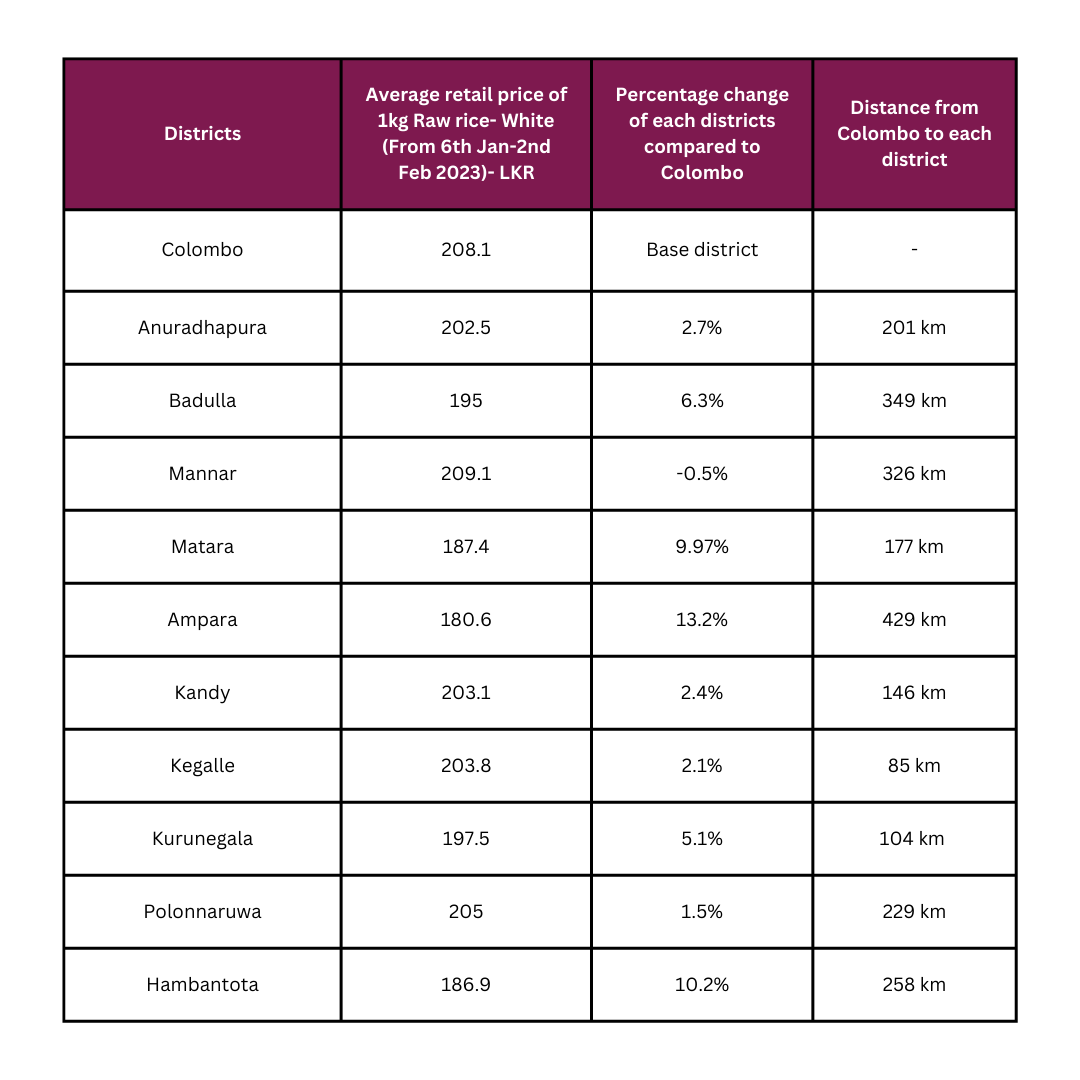By Dhananath Fernando
Originally appeared on the Morning
In economics, shortages often arise from one of two sources: price controls or government interventions. Sri Lanka’s ongoing salt shortage, while not caused by price caps as in past crises with rice or eggs, is still rooted in State interference – just in a different form.
Sri Lanka consumes around 180,000 MT of salt annually. Producing salt requires vast expanses of flat land near the sea, combined with long dry spells and strong winds to support natural evaporation. Regions like Hambantota, Elephant Pass, and Puttalam are ideally suited for this. However, unusually high rainfall last year – linked to shifting climate patterns – disrupted the crystallisation process, which typically requires over 40 uninterrupted days of dry weather.
Ironically, the same rains that hampered salt production helped boost agricultural yields and hydroelectric output, allowing for an electricity tariff cut that helped tame inflation and fuel at an impressive 5% economic growth rate. But the question remains: Sri Lanka has faced excessive rains before, so why a salt shortage now?
The answer lies in how markets respond to supply shocks. Typically, when local production falters, imports fill the gap. But in this case, the Government attempted to monopolise salt imports via a Cabinet decision mandating that only State entities handle them. Unsurprisingly, the bureaucracy involved led to delays and supply gaps. Unlike private sector importers, who are faster and more efficient, State procurement systems are slow, opaque, and often mired in red tape.
This is not a new story. The same importation challenges were in existence when the Government tried to import rice. The same way the Government imposed a tariff of about Rs. 60 per kilo of rice, salt is also liable for a tariff, making prices higher for the end consumer.
Nearly 50% of domestic production is under State management, and, true to form, productivity suffers. Even with optimal natural conditions, we barely meet local demand and export almost nothing.
Salt is not just a kitchen staple. It’s a key industrial input for sectors like confectionery, pharmaceuticals, and chemicals. Yet our salt industry remains underdeveloped. The reliance on expansive land-based evaporation ponds competes with tourism and urban development, reducing land-use efficiency. Although sunshine – our key production input – is free, we have failed to prepare for climatic variability or invest in resilient infrastructure.
There is, however, one thing the Government got right this time: it refrained from imposing price controls. Had it done so, scarcity would have worsened. Prices have indeed risen, but at least salt remains available. Market forces, though imperfect, have managed to balance supply and demand better than the State could.
The Government belatedly opened the door for private sector imports, but the damage had already been done. Consumers bore the brunt of higher prices and uncertainty, while the State’s credibility took another hit.
Salt production, like many sectors, is vulnerable to climate and policy risks. What we need is not more State control, but a bold vision to turn salt into an export-oriented industry driven by private enterprise. Value-added products, better land use, and climate-resilient production methods could unleash its potential.
As always, the fundamental rules of economics don’t bend for salt or automobiles. Shortages are almost always man-made – products of misguided interventions. As Milton Friedman once quipped: “If you put the federal government in charge of the Sahara Desert, in five years there would be a shortage of sand.” Sadly, that seems to ring true for Sri Lanka – an island blessed with saltwater and sunshine, yet still somehow short of salt.








